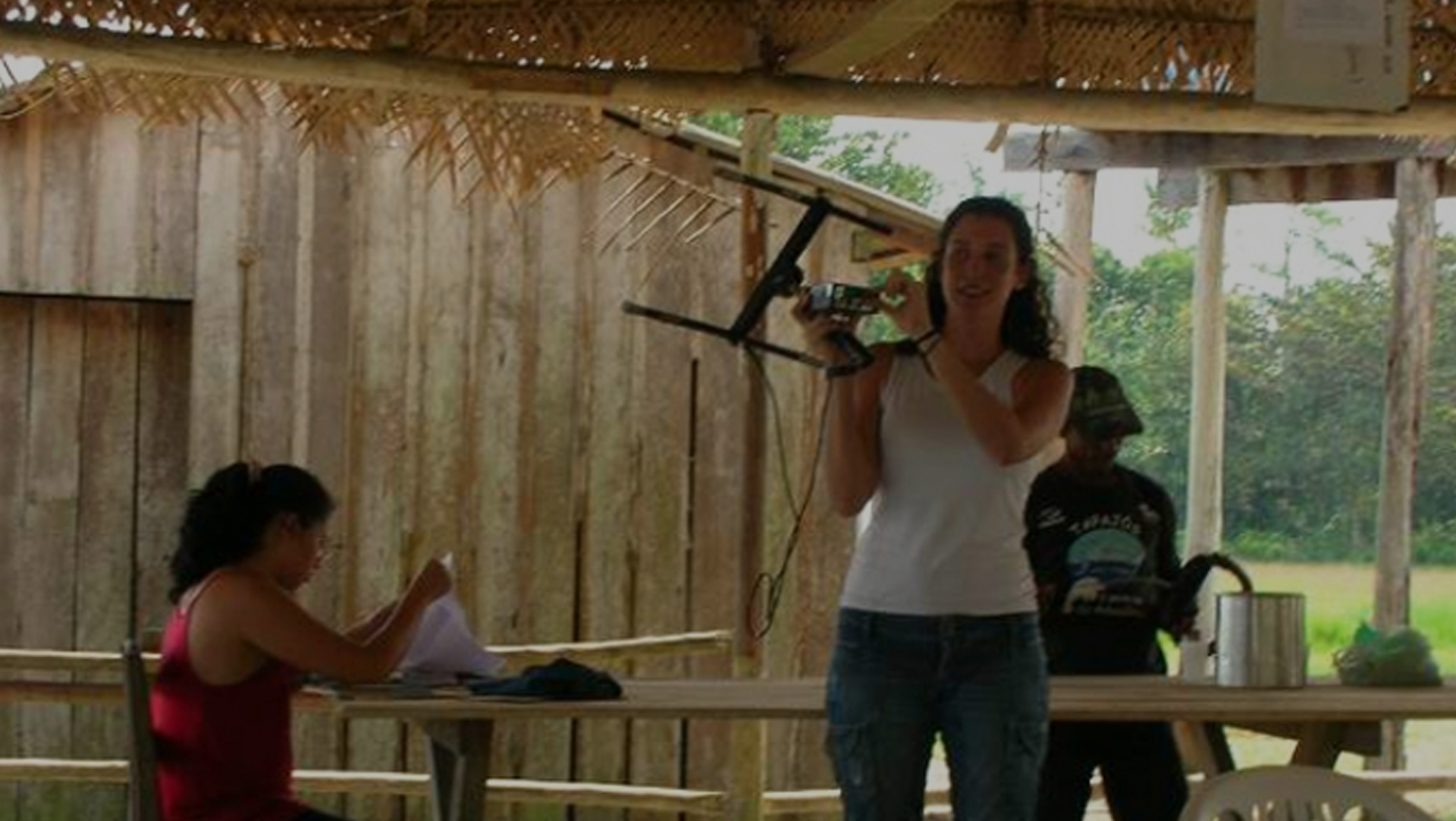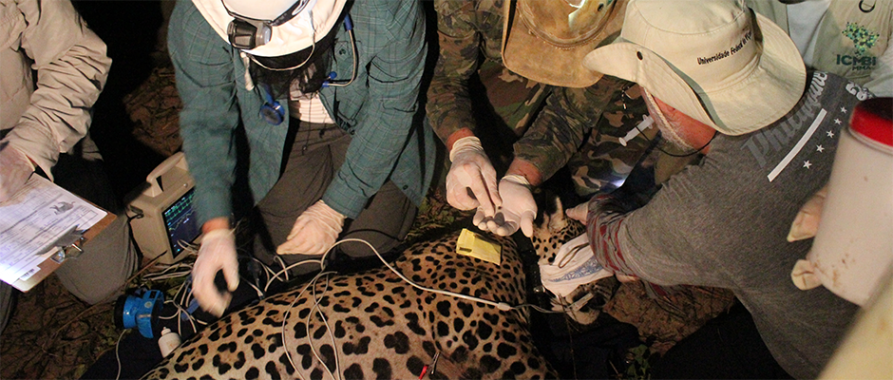Brazil is the largest country in South America and this is also reflected in its biodiversity. The largest rainforest in the world is the Amazon, of which 60% is in Brazil. This rich and complex ecosystem is home to at least 30% of Earth’s species. This gigantic rainforest is also largely responsible for the health of our planet (often referred to as the Lungs of the World) by its ability to digest and convert carbon dioxide into oxygen. In 2012, the DWA supported a Population dynamics study for the Amazon manatee in the Manaus area in the state of Amazonas, carried out by personnel of the Instituto de Pesquisas Ecológicas (IPÊ). Starting in 2014, the DWA will support a Jaguar radio satellite tracking project in El Pantanal region, to better understand their home range/territory and interactions with human activities.
BRAZIL
Scroll to continue

Amazon Manatee Conservation Project
IPÊ (Instituto de Pesquisas Ecológicas) www.ipe.org.br Established in 1992, the IPÊ works for the conservation of biodiversity in several Brazilian ecosystems, conducting research on rare and endangered species and implementing conservation management. The DWA provides support and equipment for the IPÊ research in Manaus, Brazil, with particular emphasis on the conservation of Amazonian manatees (Trichechus inunguis).
Learn more...
Jaguar Conservation Program in El Pantanal
Conservation projects for 2014 include the support of a Jaguar (Panthera onca) radio satellite tracking project in the El Pantanal region, a long term study by the NGO, Pro-Carnivoros. Being in the top of the tropical forest food chain, the Jaguar is a valuable predator and its presence is an indicator of the health of an ecosystem. The goal of this project is to identify the home range and interactions of collared Jaguars to better understand their dynamics in El Pantanal.
Learn more...


